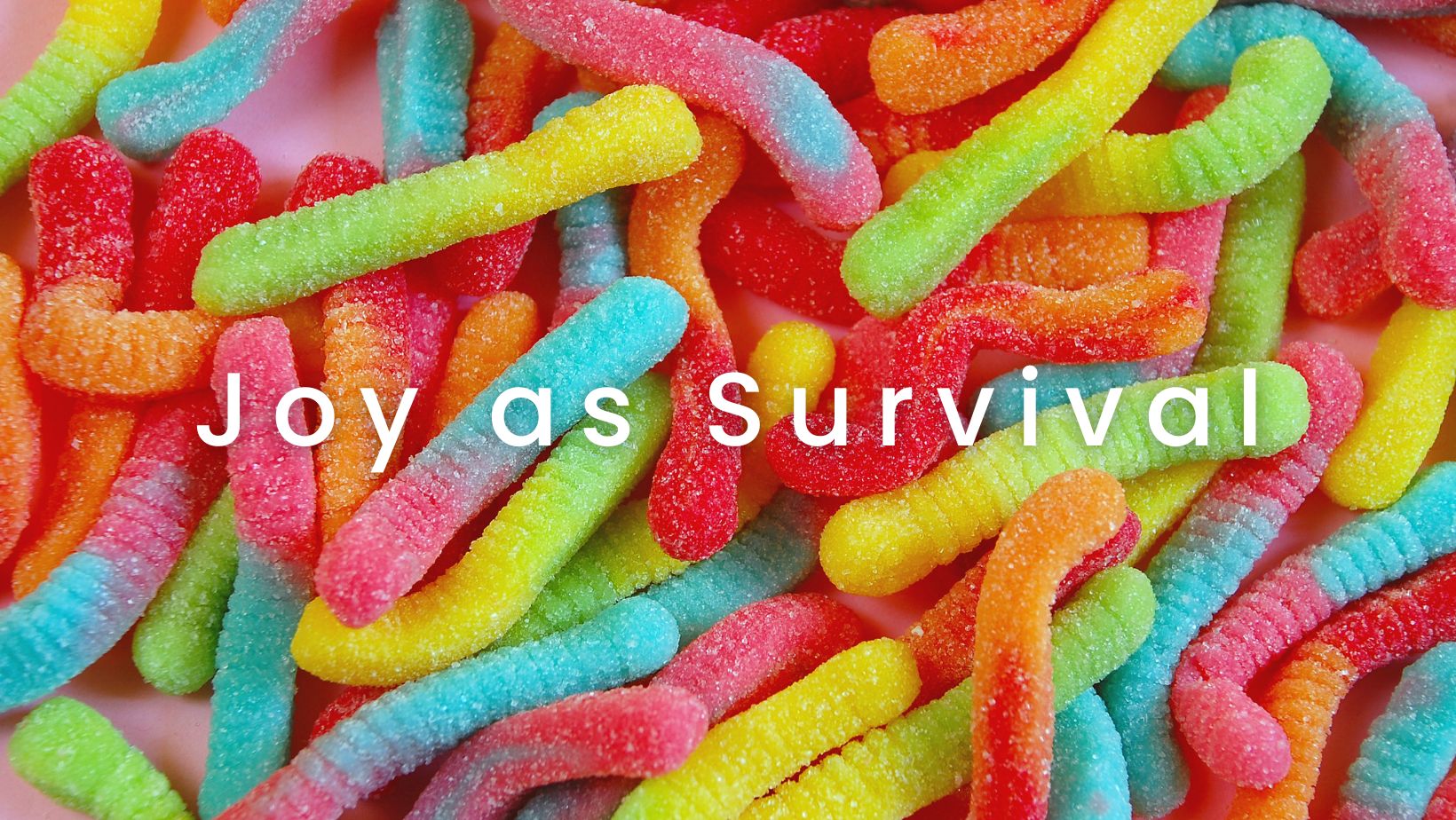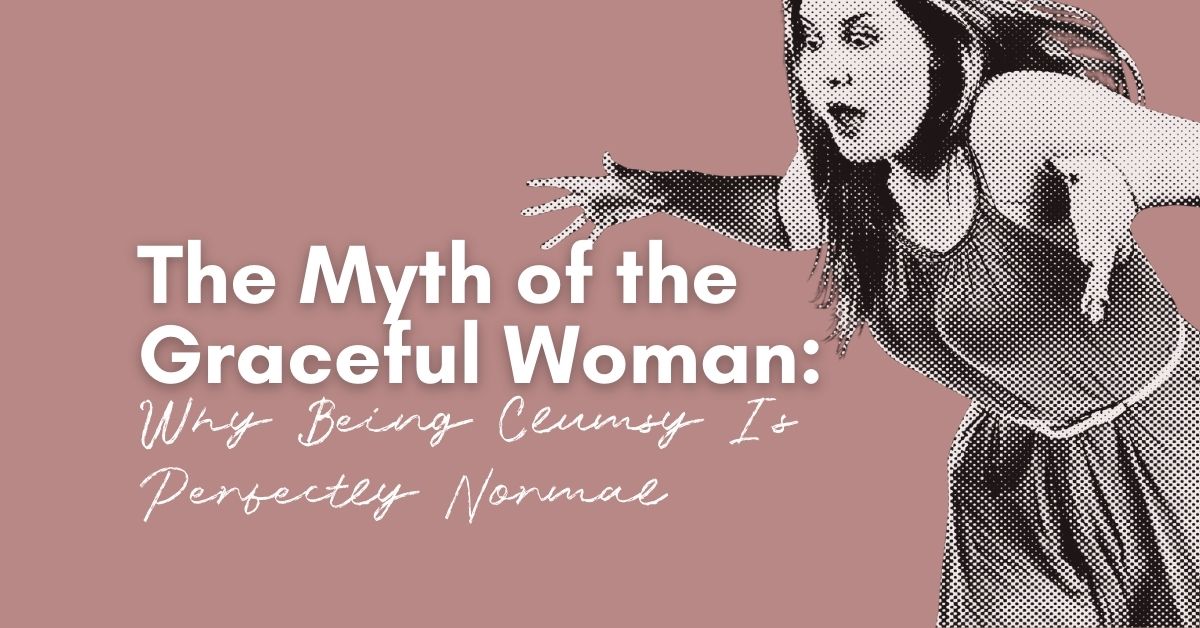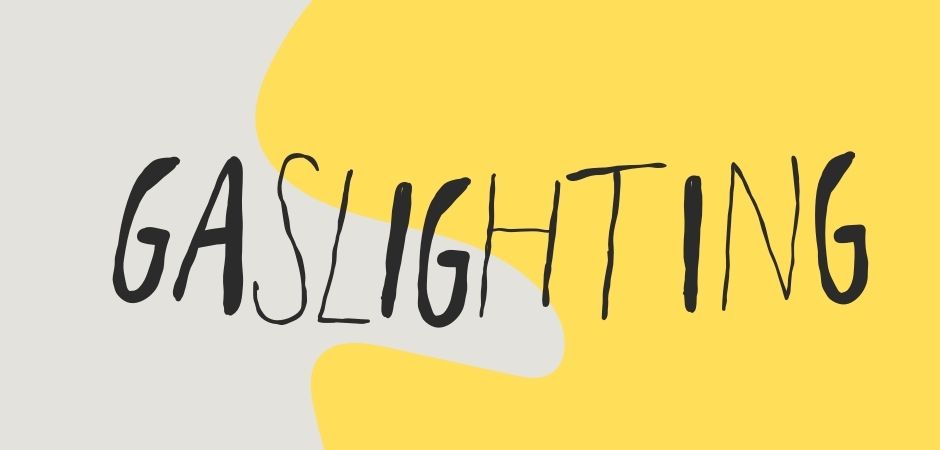Art, history, and community are on the chopping block.
The Rust-en-Vrede Gallery in Durbanville is under threat—and it’s not going down without a fight.
First, the bad news
After 40+ years as a safe haven for artists, students, and clay-splattered dreamers, the Rust-en-Vrede Gallery and Clay Museum has been told: pay commercial rent or pack up.
The City of Cape Town, current owner of the heritage site, has terminated its service-level agreement with the gallery, withdrawing financial support and shifting toward a rental model. In plain speak, they want a non-profit cultural space to start footing bills like it’s a boutique hotel.
If they can’t afford the rent, they lose the building.
If they lose the building, we all lose.
The community fights back
The gallery has launched a Change.org petition to appeal to the City and rally public support. It’s not just artists signing, it’s grandparents, teachers, students, and historians. Anyone who’s walked through those cool white walls and felt something old and sacred stir beneath the layers of paint and glaze.
“This is not just a building,” says the gallery in the TygerBurger article.
“It’s a space where creativity, heritage, and community intersect.”
And they’re right. You don’t bulldoze a heartbeat.
What makes Rust-en-Vrede irreplaceable?
Let’s talk legacy:
- Built in the 1840s, it served as a jail, courthouse, and police HQ before becoming a National Monument in 1984.
- In 1981, it was rescued by the Durbanville Cultural Society, who transformed it into the sanctuary we know today.
- It houses three professional exhibition spaces, the only dedicated Clay Museum in the country, an artist-run Cube Gallery, and multiple working studios and classrooms.
- It has hosted thousands of local and international artists, including the winners of the South African Portrait Award, which it founded in 2013.
- It is open to the public, inclusive, and education-driven, regularly offering school tours, workshops, and community classes.
And it does all this as a non-profit, largely volunteer-driven.
The City didn’t make this place thrive. The people did.
Follow the money
According to TygerBurger, the City argues that “policy has changed” and the lease must now reflect current “norms.” But this policy shift places a one-size-fits-all rental expectation onto a historic, cultural space whose purpose was never commercial.
The gallery has asked to remain under a service-level agreement, or for the building to be transferred to the community trust that’s maintained it since the ‘80s.
So far? No answer.
This isn’t just a gallery. It’s a story.
I don’t know about you, but I’d rather see this space protected than watch another strip mall bloom on the bones of something beautiful.
Art is not a luxury. Neither is memory. Art is a necessity.
We live in a time where stories are disappearing, swallowed up by algorithms, fast food franchises, and short-term thinking. Rust-en-Vrede tells a slow story. A deep one. One where kids learn to paint, retired nurses discover sculpture, and young artists hang their first work on an actual wall instead of just posting it online.
That’s worth protecting.
How to help right now
- Sign the petition. Loudly.
- Share this post. Or write your own. Tag @CityofCT and use #SaveRustEnVrede.
- Donate. Buy a coffee. Visit an exhibition. Pay for a class.
- Contact the mayor’s office and ask why the city is evicting its own cultural legacy.
- Email: geordin.hilllewis@capetown.gov.za
- Phone (Mayor’s Office): 021 400 1300
Final thoughts
It would be easier if this were just a sad little gallery in a forgotten part of town. But it’s not. It’s alive. Still. Barely. And whether it stays that way depends on what we do now.
You don’t get many second chances with places like this.
Let’s not screw it up.





This is a travesty!